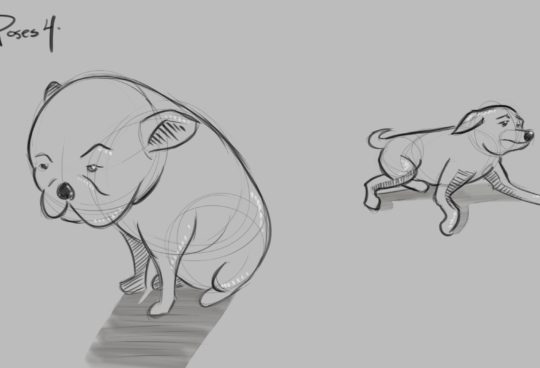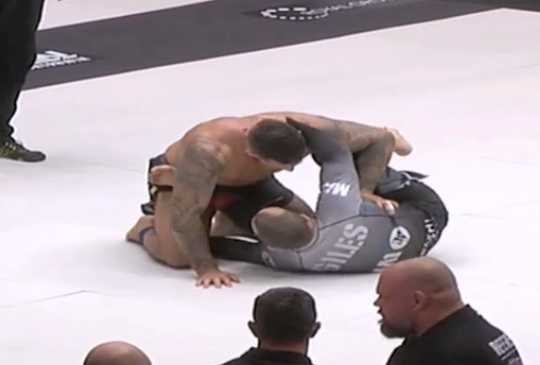This is an old article from 2018, but still relevant and does an acceptable job at explain the role of the actor vs the role of the animator/motion editor.
In general, the actor has little control over the character’s final appearance. “One of the benefits of using performance capture over traditional animation is giving the CG character the nuances of life, so an important thing we can do as actors is to provide this in our performance,” Grant says.
“However, it is important to acknowledge just how much work the technical and animation team put into creating the end result – quite often, the majority of the work,” she stresses. “What we do have control over is giving them good quality data as a starting point. I think it’s important for an actor to understand the post-production pipeline, so that they can recognise how their actions affect the clean-up and animation work further down the track. In this way it can become a very strong collaboration. This is again something that is useful to embed into training.”
The reality is, good performance-capture acting likes full-body commitment, great imagination and great energy for performance, often while keeping in mind quite specific technical direction.
“This kind of craft will enhance an actor’s skill in any performance medium – so training in performance capture will never go to waste,” Grant says.



Sorry, the comment form is closed at this time.